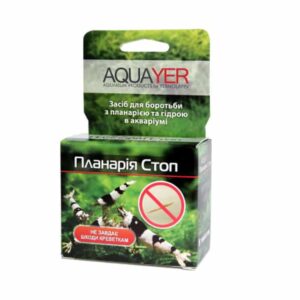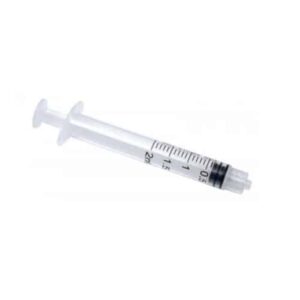Delivery service
Free Worldwide Shipping & Returns
Free Worldwide Shipping & Returns
40% Discount for you
Tax Free Shopping
80,000+ Satisfied Customers
 Aquayer Plan Stop 5 tablets
Aquayer Plan Stop 5 tablets
 Tetra Med G-Tonic 20ml
Tetra Med G-Tonic 20ml
 Sera med Professional Nema 10 ml
Sera med Professional Nema 10 ml
 Sera med Professional Trema 25 ml
Sera med Professional Trema 25 ml
 Veterinary needle single 20G×1 ″, 0.9×25 mm 200 pcs
Veterinary needle single 20G×1 ″, 0.9×25 mm 200 pcs
 Hobby Viras 200ml (6.76oz)
Hobby Viras 200ml (6.76oz)
 Disposable syringe 2 ml Luer Lock needle 0.6x25 mm Medicare, 100 pcs
Disposable syringe 2 ml Luer Lock needle 0.6x25 mm Medicare, 100 pcs
 Disposable syringe 1 ml Alexpharm needle of 0,3х13 mm * 100 pcs
Disposable syringe 1 ml Alexpharm needle of 0,3х13 mm * 100 pcs
 Disposable syringe 10 ml Luer Slip needle 0.8×38 mm Medicare, 100 pcs
Disposable syringe 10 ml Luer Slip needle 0.8×38 mm Medicare, 100 pcs
Showing the single result
Some horses, especially in the spring, when the average temperature of the air in the stall becomes positive, may have small parasitic insects — fleas on the skin. Adult fleas are parasitic on the body of the horse, feeding on their blood. The color of fleas can be different: from pale yellow to dark brown. It is known that males of these blood-sucking animals are smaller than females. Fleas lay small, barely visible on eye white of the egg. From the eggs hatch into white legless worm-like larva, the body of which is covered with long bristles. The larvae feed on the feces of adult fleas, which contain a lot of blood, or decomposing organic residues. Pupating, the larva dresses in a spider cocoon; the pupa is motionless and has the General outline of the body of an adult flea. As measures to control fleas in the room usually indicate the following: keeping the stalls clean; if the floor of the room with horses is hard, then washing the floors with 2-5% soap-carbolic solution; wiping the corners of the floor with kerosene; covering up the cracks of the floor; spraying pyrethrum or other insecticide; frequent change of bedding.
No account yet?
Create an Account
